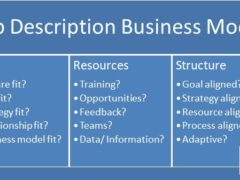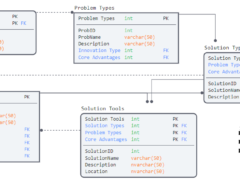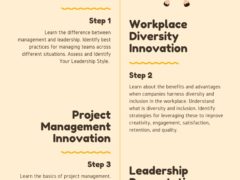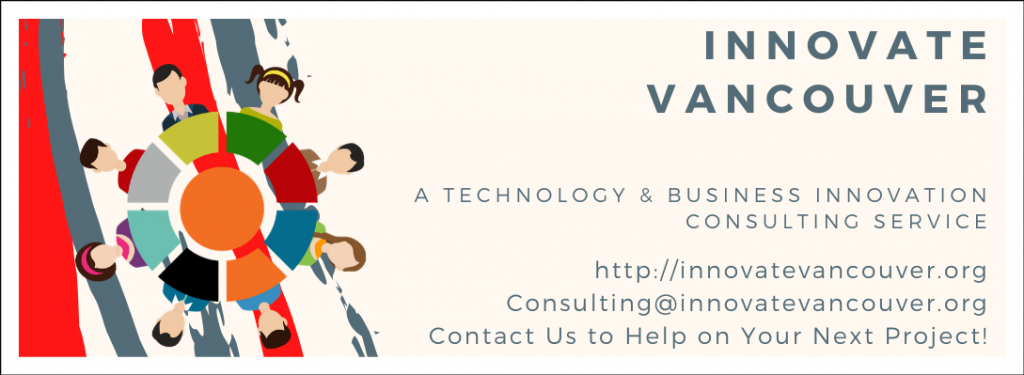The days of searching through newspapers and filling out paper based applications is a thing of the past. The job search now includes signing up with complex databases and receiving individually tailored reports. It includes using electronic resume platforms and profiles to spontaneously ![]() populate fields, share files, and communicate interest. It also includes additional platforms that provide reviews and insights into the business’ structure, culture, competencies, and values.
populate fields, share files, and communicate interest. It also includes additional platforms that provide reviews and insights into the business’ structure, culture, competencies, and values.
Yet despite all of these innovations it continues to be difficult to evaluate businesses. There is almost too much information and how to interpret and evaluate the information remains open to debate.
Some will advocate for reviewing all information available whereas others will limit their focus to only a narrow segment of the information available. Bias introduces itself into the process almost from the beginning. Since bias also occurs on the employer side the job search bias should come as no surprise.
Information is inherently valuable and yet how it is used is open to debate. Should the information be used or ignored? Is it valid or irrelevant? ![]() Does it generalize or is it specific to the source? These are all questions that candidates have to consider when conducting a job search. Unfortunately, these questions only scratch the surface.
Does it generalize or is it specific to the source? These are all questions that candidates have to consider when conducting a job search. Unfortunately, these questions only scratch the surface.
Additional questions can be used to help evaluate alignment between the:
- Job Description: What is required in the role
- Resources: What tools, resources, and strategies will be available to be successful in the role
- Structure: What reporting relationships exist; how information is shared and discussed; how problems are addressed; and how adaptive existing frameworks are to changing demands.

Considering up to 90% of business models do not perform as intended these questions should not be ignored. The fit between the job description and the resources, tools, and business model can be difficult to discern with publicly available information but can be discerned through a review of the following:
| Insight Sources | Explore |
| Online reviews (employee and customers) | Issues, opportunities, benefits, concerns |
| Mission, Vision, & Values Statement | Priorities, Goals, Culture, & Guidelines |
| Organizational Structure | How decisions are made & how issues are addressed |
| Product/ Service Descriptions | Priorities, Competencies, and Goals |
| Annual Reports (financial, strategic, etc.) | Sustainability, Commitment, Competency, & Leadership |
| Word of Mouth | Impact and Community Experience/ Perception |
Insights can also be gained through study of the initial interactions and the interview process.
| Transparency | (questions, answers, and access to information) |
| Cognitive flexibility | (open or closed discussion; creative or pedagogical approach) |
| Physical Structures & Working Environment | (does this support a healthy workplace) |
| Responsiveness & Timelines | (do your observations of the business coincide with the performance requirements for the job description – or – would they undermine it) |
When evaluating businesses during the job search it is important to acknowledge that information available is often incomplete, biased, and usually answers different questions than the ones you will be exploring. This is why the job search and business evaluation process involves the entire job search life-cycle.
The synopsis attempts to pull all of the available information and observations together in an effort to evaluate if the job and business environment is a fit.
- If the interview panel seems unhappy you should probably take note.
- If the interview process indicates that the job may or not be filled this raises questions regarding sustainability, commitment, or whether your skills are considered a match.
- If existing customers voice dissatisfaction with the company it may be worth considering whether the business product/ service offerings are a fit or if the business structure is aligned with the customer requirements.
Hesitation speaks volumes. Listen to it and you may gain insight into the business environment, capacity, commitments, values, and priorities.
The job search process is labour intensive and can be incredibly stressful. It remains difficult to evaluate job opportunities because of the overabundance of low quality information available. The interview process does not make this much easier as transparency and honest disclosure is often not part of the process.
Candidates need to consider all of the information as it relates to the “business to job description fit” if bad positions are to be screened out. With over 90% of business models under-performing the pressure is often on colleagues to ‘take up the slack.’ Unfortunately working harder not smarter is the exact opposite of what such environments require and the constraints continue to reassert themselves.
You deserve the best, so should require the best.
“Never settle for less than your best.”– Brian Tracy
Travis Barker, MPA GCPM
Innovate Vancouver





